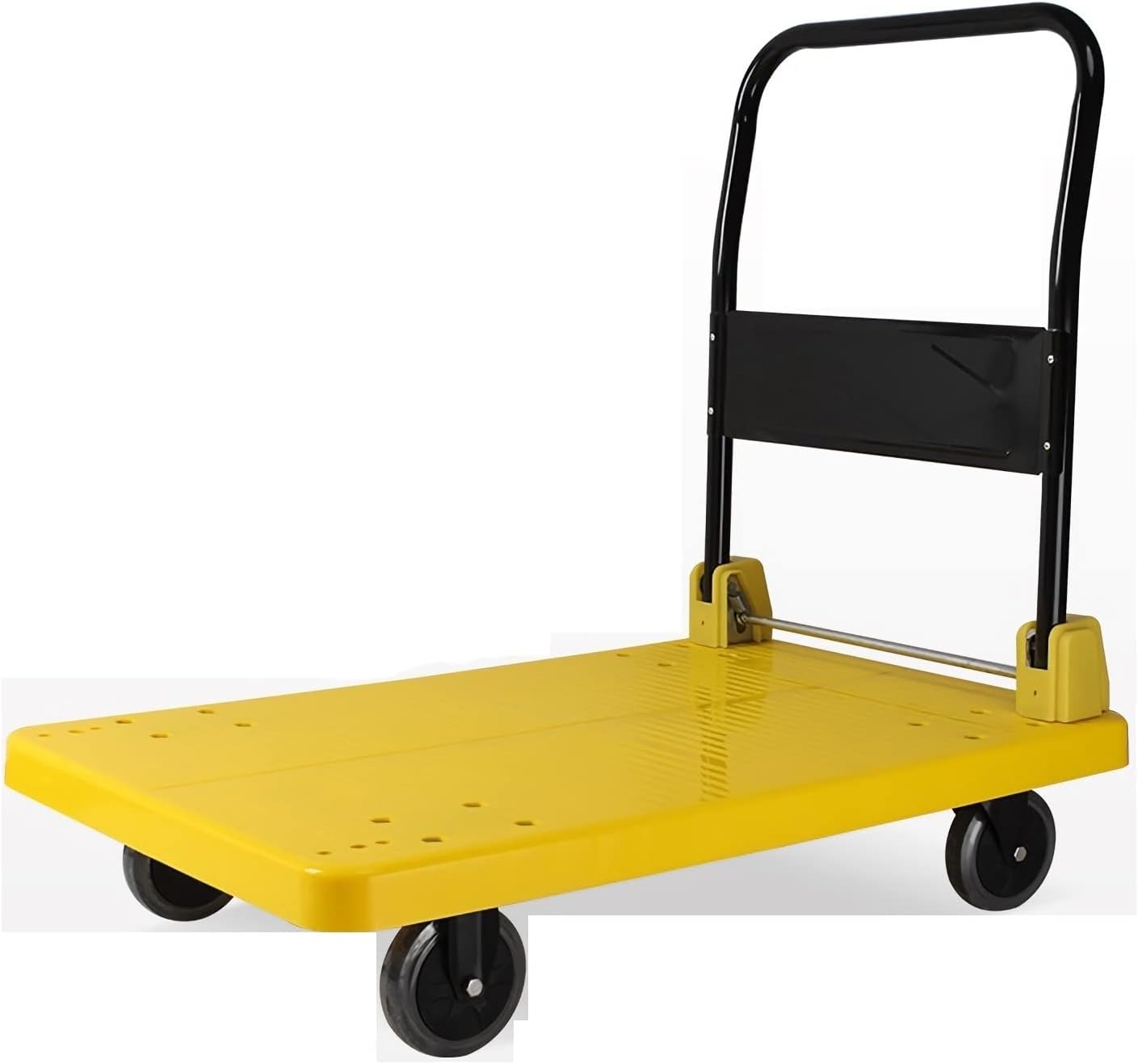One common mistake is to assume the same casters will work on any floor surface, then find out that the epoxy-coated mezzanine floor requires non-marking polyurethane, but the diamond-plate ramp on the loading dock shreds them to pieces in a matter of weeks.
Another pitfall is failing to take note of storage footprints – trolleys been left d-hoc against wall readjust egress widths and breach fire codes. Investing in vertical Latching racks and nesting designs pay out dividends both in credit, and in more meters collected.
Platform trolleys from equip2go become equipped with sensors and connectivity but regulators start to look at cyber-physical vulnerabilities. Forward-compliant vendors are now adding OTA update capability that is signature-verified at boot up to rectify bugs post-deployments without having two hundred telemetry units being ripped from the production floor.
Designing with Circularity and End-of-Life Recovery in Mind
Circular-economy thinking goes beyond recyclability and focuses on intentionally designing products or systems so that they can be disassembled, remanufactured and their components are resold. Manufacturers are playing with reversible clinch nuts, which can be smacked in but not out, and snap-fit corner bumpers, which can be popped on and off with no need for destructive grinding, so that a dinged-up deck can be divorced from perfectly sound casters and handles. Some even ETCH QR-linked part codes onto frames to instruct recycling centres on alloy composition for best smelting recipes. It’s a win-win for customers through buy-back programmers, which credit residual values on second-hand stocks of vehicles, cut capex and help meet ever more demanding corporate ESG (environmental, social, governance) requirements.
Purchasing teams with minimal experience buying material handling equipment often ask: where to start? A disciplined discovery session begins by mapping common load profiles – weight, size or fragility – before tracing pick paths to reveal door clearances and incline angles. User anthropometrics comes next: Measure the elbow heights of the workforce (not merely the average) in order to establish handle geometry. Material selection is determined by environmental considerations such as temperature variations, chemical contact and wash-down frequency. Lastly, consider future scaling scenarios; the high flying e-comererce fulfillment centre may like to have IoT-ready frames even if the analytics modules are only going to be clipped on in two years’ time. One grounded in that reality will last longer and be less expensive than a catalog pick driven entirely by initial cost or static capacity.
Finally, disregarding staff input runs the risk of silent non-compliance: if handles sit too low for taller workers, for example, such workers will potentially return to using pallet jacks or even manual lifting, which cancels out safety investment. A structured voice-of-operator review every quarter reveals these friction points before they have ossified into cultural resistance.
Final Reflections: The Quiet Revolution, in Rounds of Four Wheels
Amid all the excitement surrounding digital twins, remote-controlled drones and AI-based forecasting, the platform trolley could be brushed aside as a relic of an analogue era. But always, a carton comes eventually to the end of a conveyor, a tote descends from mindless mezzanines, a parcel must pass through the betwixt-and-between zones where the robots fail and nimble-fingered humans rule. Here in the platform trolley, lighter, smarter, safer and greener, it is still evolving, driving quietly the commerce of a connected world. To embrace this potential is to accept that innovation doesn’t always have to sparkle with LEDs or whir with servo motors; occasionally it slips quietly on precision bearings, enabling people to do their best work with the least effort and the greatest degree of pride.



